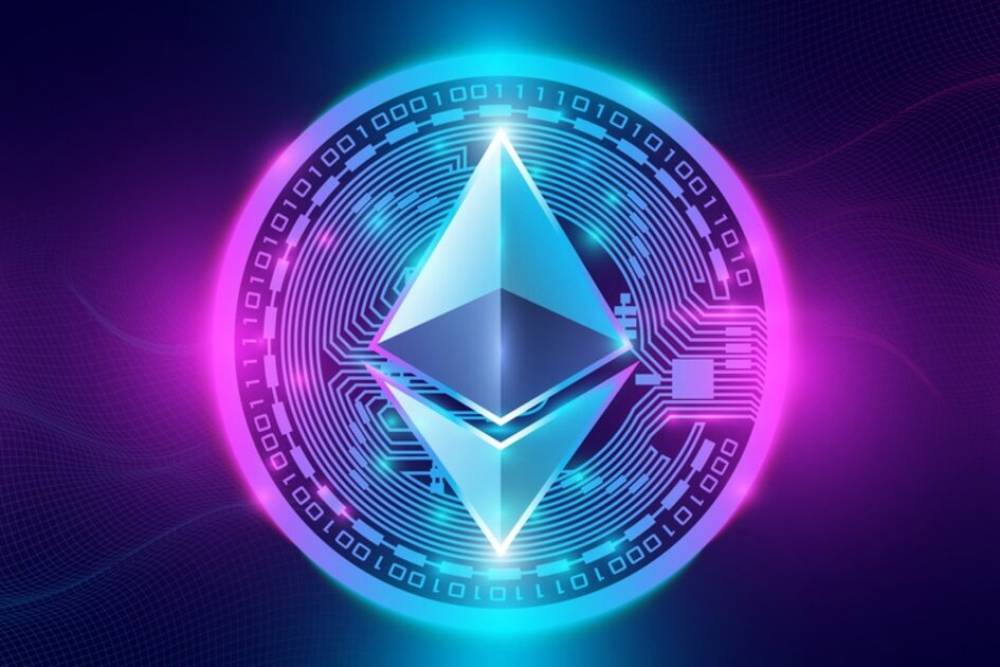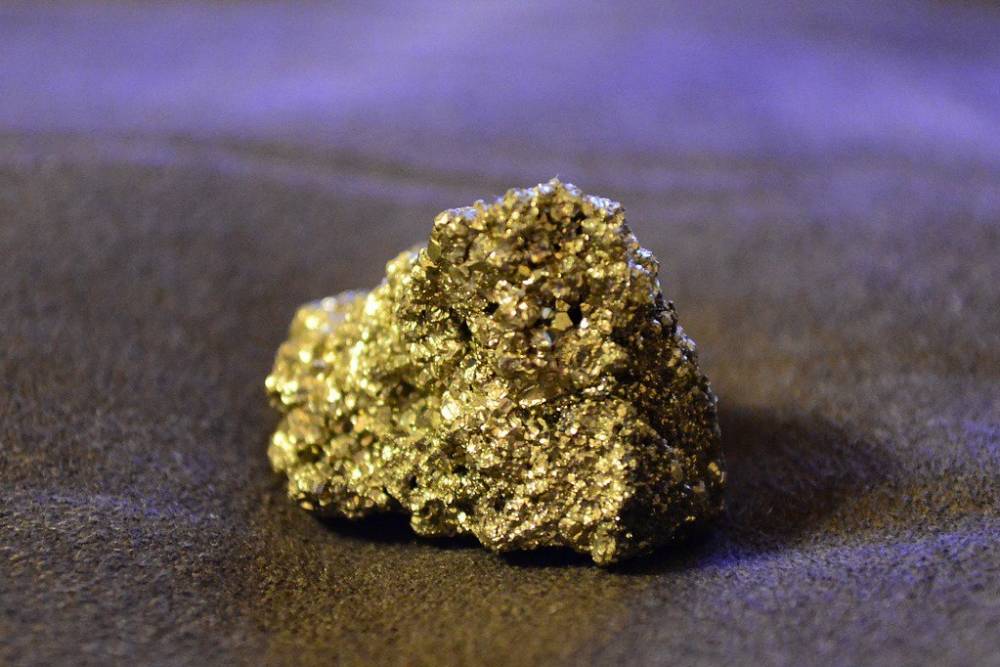Afterpay: An interactive valuation
Introduction to Ethereum
Ethereum processed over 6 Trillion USD in transactions in 2021, generating more than 12 Billion USD in ‘gas fees’ paid in it’s native currency, Ether.
Ether is a utility token – a token that functions as the currency of any application that runs on Ethereum. The price of Ether is determined by supply and demand factors for the currency – and therefore attraction and retention of user demand are the main determinants of price.
Utility tokens’ function as the medium of exchange, or to put it another way, the only ‘legal tender’ within their respective networks. Considering that a utility token can be considered an ‘economy’, some analysts have turned to the Quantity Theory of Money (QTM), an economic model, to value the utility tokens.
Quantity Theory of Money (QTM)
The QTM states that the general price level of goods and services is directly proportional to the amount of money in circulation, or money supply.
M x V = P x Y
Formulaically, money supply (M) times money velocity (V) equals price level (P) times the volume of goods and services transacted in the economy (Y).
Repurposing the QTM to value Ethereum
Y = 6.6 Trillion USD (the value of all transactions on Ethereum blockchain in 2021)
This article is meant purely for educational purposes - understanding the relationship between these three variables and their impact on price. Spoiler alert - you'll want to focus on 'M' - the total Ethereum supply as the main price driver.
Value of good and services transacted
The volume of goods and services transacted is a key area of estimation. In 2021, Ethereum processed $6 Trillion USD - however, all investment markets are forward looking and therefore when trying to determine a valuation for Ethereum, it would be wise to consider where volumes could get to in the future.
We assumed a starting point of $6.6 Trillion USD, based on todays volume of 18.2M USD x 365 days.
Money velocity
The public nature of the blockchain makes money velocity somewhat observable i.e., we can look at the Ethereum blockchain and see how long, on average, Ethereum is held. In the last 24 Hrs, 0.048% of Ethereums total issuance was turned over.Extrapolating for a full year, 0.048% x 365 = 17.8. This means we expect an Ethereum token, on average, to change hands 17.8x over the course of the year based on todays volume.
The relationship between velocity of the volume of goods and services transacted must be considered. I.e, if you are view that Ethereum will 10x it's transaction volume in the coming years, it's money velocity will likely rise in line as persons 'hold' Ethereum for less time.
Money supply
So if volume and velocity net each other out, neutralising increasing demand, how will Ethereum see price appreciation? The answer is supply.
According the coinmarketcap.com, the total supply of Ethereum is 119,218,238. Since the introduction of Ethereum Improvement Proposal (EIP) 1559, the fee mechanism of Ethereum has changed to now include a 'fee-burn', where a portion of transaction fees are removed from the total supply.
Should volumes through the Ethereum blockchain continue to increase, gas fees will also increase - and so too the 'burn' of transaction fees, reducing the Ethereum supply.
This shrinking supply is further exacerbated when considering staking. Put simply, staking is the act of 'locking up' a cryptocurrency in order to recieve rewards. According to stakingether.com, more than 9M Ethereum has now been staked, effectively removing that supply from circulation while it is staked. In addition, staking for other projects often occurs on the Ethereum blockchain, locking up further Eth supply. Therefore - your input should consider the 'Free Float' of Ethereum tokens, that is, the supply less Ethereum locked up (staked) or held for the long term.
<excel-slider-input></excel-slider-input>
Summary
Rearranging the QTM formula, we can then solve for the price level, which has been stuck to the top of your screen.







